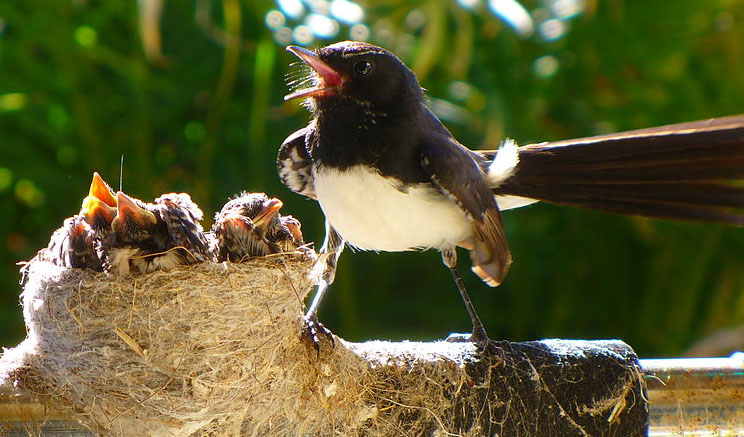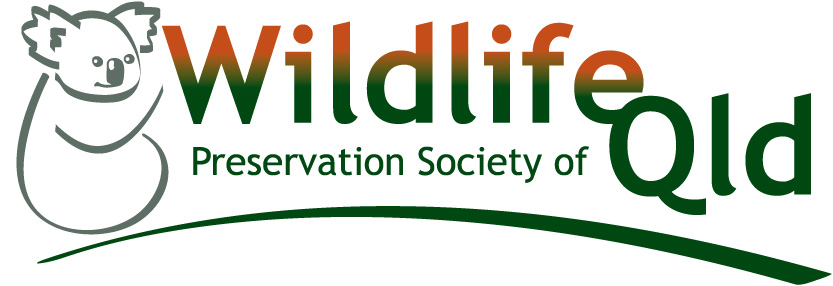| WILDWATCH: by ANNE WILKINSON The more one travels, the more in some respects the different countries of the world appear similar. This is especially so when it comes to bird species. Take the bittern, for example. I well remember hearing – and seeing - bitterns in Suffolk, the English county where I grew up. They were marshland birds, elusive and shy, but their booming voices could sometimes be heard over the wide marshes which divided our village from the sea. English bitterns, like their Australian counterparts, favour dense reed beds along quiet streams. Occasionally it was possible to see one fossicking along a stream bank, though mainly their hunting was nocturnal. Bitterns are not a generally well known family of birds, partly because they are extremely good at camouflaging themselves. The black bittern is the variety most often seen here in northern Australia. The smaller, more buff-coloured little bittern also resides up here, but the third Australian bittern, the brown bittern, is a cooler climate species. |
The bird in this picture taken at Coquette Point by our friend and great photographer Yvonne Cunningham is a black bittern – a female. Yvonne was delighted when she first saw it some weeks ago and now sees it fairly frequently in the wilder areas of her big plant nursery and garden at the river mouth.
It is, she says, a privilege to have it there.
The black bittern is quite a large bird, nearly 70 centimetres from beak to tail, with a black bill and long, grey legs. It makes a nest of sticks in a tree above the water and lays up to five pale green eggs.
Like all the more elusive bird species, the bittern seems to favour peaceful, wild habitat. Take away these elements and birds like the bittern disappear. Often when such species are separated from their habitat by change, such as development, they do not survive for the simple reason wild habitat is like human cities – new real estate is hard to find as it is already occupied. They need somewhere to live.
Bitterns have been known to nest in small colonies, but equally, many nests are solitary.
A major survival factor for these birds of the streams and inlets is their wide diet. Frogs, fish, yabbies, insects, spiders and snails, as well as small mammals and even small birds are all on the menu.
Surprise a bittern when it is hunting in grass or reeds and it will demonstrate another of its survival strategies. It simply freezes and crouches, its bill pointing upwards like the herbage surrounding it. Only when it realises it has been sprung will it fly, and only to drop a little way away again into thick undergrowth.
Members of the bittern family are found in many countries. The black bittern, for example, is also resident in New Guinea, Indonesia, China and India.
It is a truly amazing bird excellently adapted to its favoured habitats.
| We were sitting with friends on their veranda when someone drew our attention to a hawk – a Pacific baza (crested hawk) perched quite high in a tree about 30 metres away. It was being fiercely attacked by a willy wagtail. These little birds seem to have no fear and this one flew around bumping and banging the baza, which took absolutely no notice of it. Then we saw the reason. The baza was staring at the wagtail’s nest. By this time talk had petered out on the veranda and we all watched anxiously. Hawks have to live, too, but I know everyone was hoping the episode would end with the baby wagtails safe. It was not to be. |
| The big bird did fly, and it was clutching something in its claws. The wagtail’s frantic flight proved what it was. Eventually the wagtail returned to its depleted family. I know it is nature’s way, but we had seen at first hand its drama in action and it was impossible not to feel sad. |
| Wildwatch is provided by the Tully branch of the Wildlife Preservation Society of Queensland: enquiries to 4066 5466 or 4066 5650. To contact the emergency 24-hour Wildcare hotline, phone 4068 7272. Phone DERM on 1300 130 372 to report concerns about cassowaries and mahogany gliders. |





